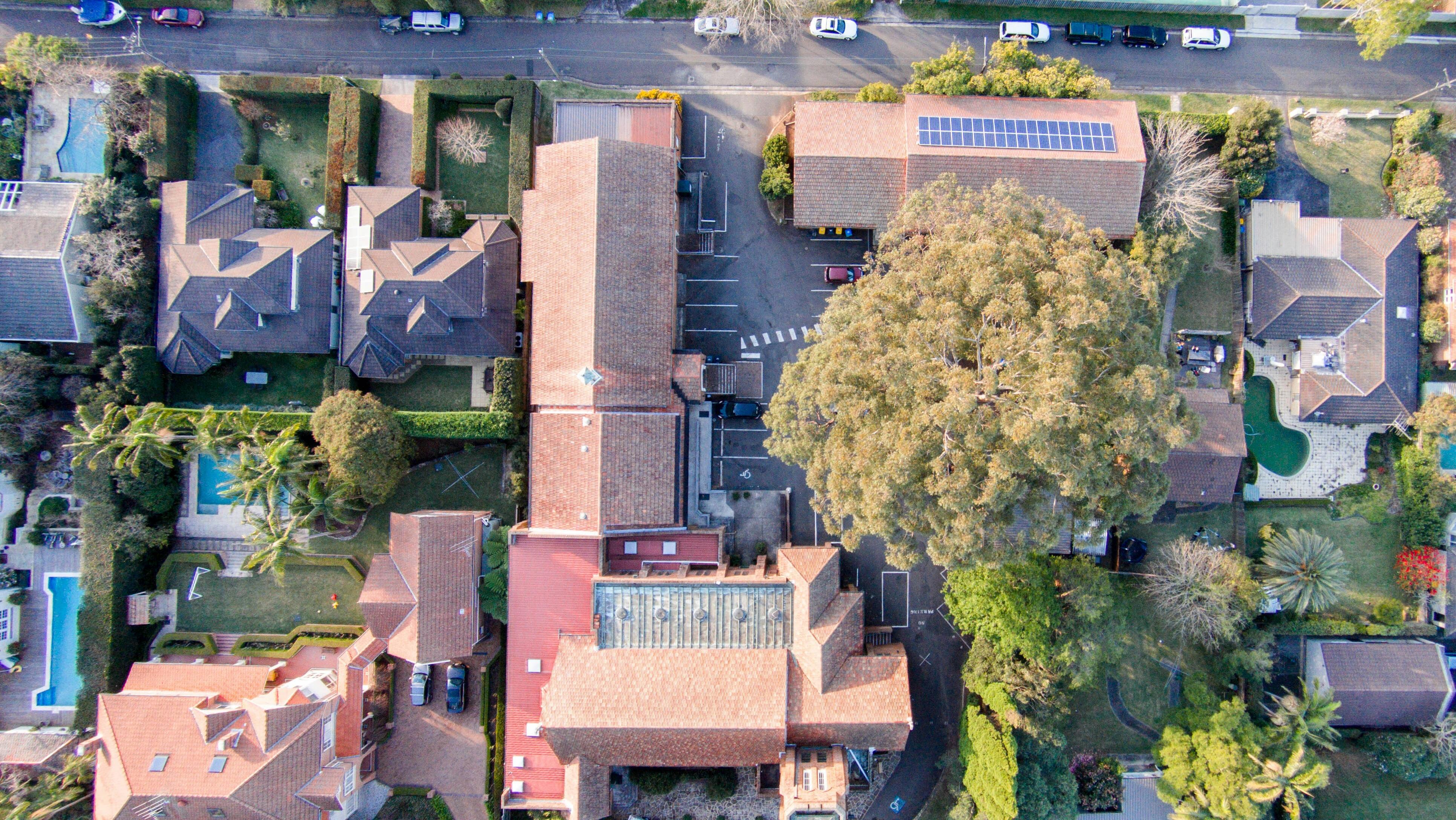Housing values have grown across every capital during June, with national dwelling values up 0.6%.
According to Coatlity, this marks six straight months of gains, with the positive inflection aligning with the first rate cut in February.
However, Cotality research director, Tim Lawless, said the pace of home values is no longer accelerating.
“We have seen growth rates holding a little above half a percent from month to month since May as the opposing influence of low supply, falling interest rates and rising confidence run up against affordability constraints and lingering uncertainty,” he said.
Capital city growth was led by Darwin, which had a solid 2.2% rise, followed by Perth, which was up 0.9%.
This comes as national listings are 19% below the previous five-year average for this time of year while Cotality’s estimates show that sales are tracking 1.9% above the previous five-year average.
There was a 1.8% rise in the national index over the three months ending July, the strongest result since the three months ending June last year.
Cotality found that the rate of growth in house values is once again outpacing gains in the units sector.
While housing values have grown by 1.9%, adding around A$16,700 to the median value, units are only up 1.4%, or roughly A$9,700 to the median value.
The median price between housing and median values is also at a record high, with a 32.3% or around A$223,000 difference.
“Such a wide difference comes amid ongoing affordability constraints and a lack of newly built multi-unit housing supply, which seems counterintuitive,” Lawless said.
Regional markets are also no longer outperforming capital cities.
Rent prices have also increased as vacancy rates are holding close to historic lows, tracking at 1.7% nationally in July.
Rents are currently up 1.3% over the past quarter, which Lawless said is bad news for renters.
“The median income household would already need around a third of their pre-tax income to pay rent,” he said.
“Renting households have historically skewed to younger, lower-income cohorts, so no doubt the sting of high rents is having an even more acute impact on household budgets.”



